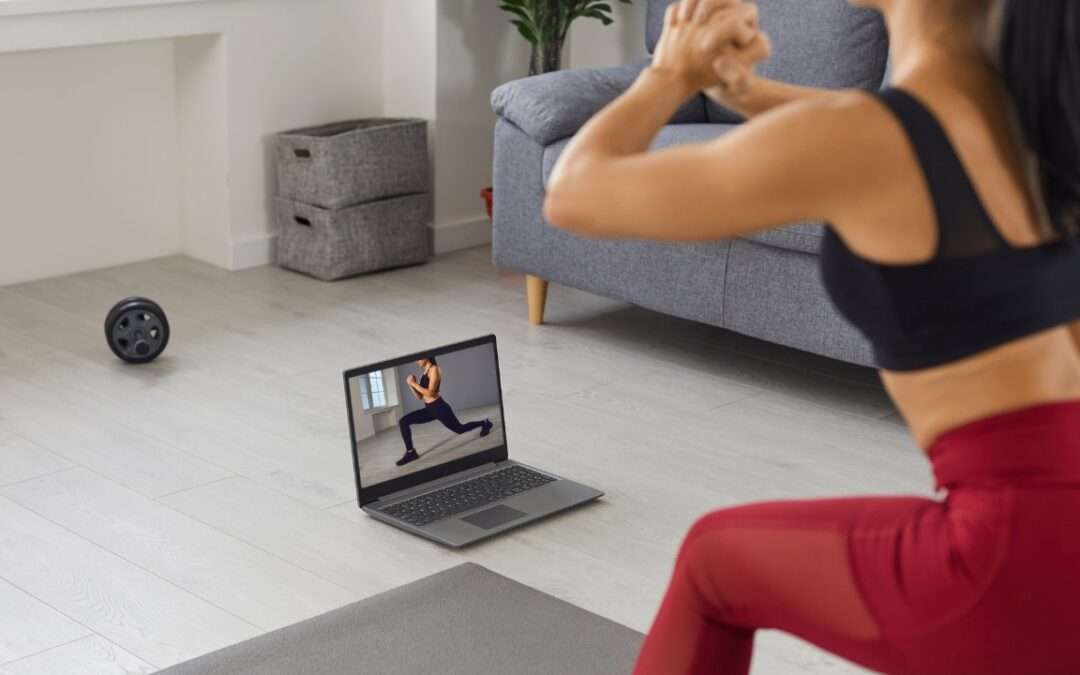
Essential Tips to Safeguard Your Search Engine Ranking During a Website Redesign
Redesigning your website can breathe new life into your online presence, enhancing user experience, modernizing your design, and boosting engagement. But there’s a potential downside: a poorly managed website redesign can negatively affect your search engine ranking. Losing that hard-earned position on search results can be costly, as it directly impacts traffic, visibility, and ultimately your business. In this guide, we’ll walk through how to safeguard your search engine ranking during a redesign, ensuring you maintain your SEO performance while giving your website a fresh look.
Why Is Your Search Engine Ranking at Risk During a Redesign?
When a website goes through a redesign, significant changes can affect search engine optimization (SEO). These changes may include:
- URL structure modifications: Changing URLs can break the links search engines have already indexed.
- Content revisions: Altering or removing optimized content may lower the site’s relevance for target keywords.
- Technical adjustments: Any back-end changes, such as coding errors or incorrect redirects, can hinder your site’s crawlability by search engine bots.
- Site downtime: Poorly managed transitions or long periods of site maintenance may harm rankings due to accessibility issues.
These factors can all contribute to a drop in your site’s visibility on search engines like Google. Thankfully, with the right precautions and strategies, you can minimize these risks.
Pre-Redesign SEO Audit: Establish a Baseline
Before starting your redesign, it’s essential to perform an SEO audit. This audit helps you understand your current SEO standing and identify what’s working well. Here are the key elements to assess:
- Current Rankings: Document where your site currently ranks for your most important keywords. Tools like Google Search Console and SEMrush can provide insight into your keyword performance.
- Top-Performing Pages: Identify pages driving the most organic traffic. These are the ones you need to protect during the redesign.
- Backlinks: Review your existing backlink profile using tools like Ahrefs. Backlinks are crucial to SEO, and you don’t want to lose any due to URL changes.
- Site Structure & Internal Links: Understand how your pages are structured and linked. Internal linking helps search engines understand your site’s hierarchy and value.
This baseline data will serve as a reference throughout the redesign process, ensuring that you maintain (or improve!) your SEO performance.

Strategy 1: Retain Your Existing URLs or Set Up Proper Redirects
One of the biggest SEO mistakes during a redesign is altering URL structures without proper management. If your URLs change, search engines may struggle to find your content, which can lead to a drop in rankings.
When a website goes through a redesign, significant changes can affect search engine optimization (SEO). These changes may include:
- Retain Existing URLs: If possible, keep your current URL structure, especially for high-ranking pages. This ensures continuity for search engines and users.
Don’t forget to test your redirects post-launch to ensure everything is working as expected.
Strategy 2: Keep the Core Content Intact
When revamping your website’s content, it’s tempting to rewrite or remove old pages entirely. However, your existing content has likely contributed to your SEO success. To maintain rankings:
- Preserve High-Performing Content: If certain pages are ranking well, make minimal changes. If redesigning the layout, keep the main headings, body text, and metadata the same or improved without removing target keywords.
- Update and Optimize: Rather than a complete rewrite, update your content with relevant, fresh information. Ensure that it is optimized for keywords without keyword stuffing.
- Use Proper Headers: Maintain or improve the structure of your headers (H1, H2, H3 tags). Search engines rely on this to understand your content hierarchy.

Strategy 3: Optimize for Mobile and Speed
Google’s algorithms prioritize mobile-friendly and fast-loading websites. If your redesign doesn’t improve in these areas, you risk dropping in search rankings. Here’s how to optimize:
- Mobile-First Design: Ensure your redesign is fully responsive across all devices. Test mobile usability through Google’s Mobile-Friendly Test.
- Optimize Site Speed: Compress images, enable browser caching, and reduce the number of scripts on your site to improve loading times. Tools like Google PageSpeed Insights can help analyze your site’s speed and provide suggestions.
Strategy 4: Minimize Downtime and Test Before Launch
Downtime can significantly impact your search engine rankings. If your site is inaccessible for an extended period, search engines may penalize it. Here’s how to avoid that:
- Use a Staging Site: Run your redesign on a staging environment before going live. This allows you to test changes without affecting the live site.
- Minimize Downtime: When switching to the redesigned site, aim for minimal downtime by ensuring a smooth transition. Keep the live site running while the new site is deployed.
-
Once the redesigned site is live, perform a thorough test to ensure all pages, links, and redirects are functioning as expected.
Strategy 5: Update Your Sitemap and Submit to Search Engines
Once your redesign is complete, update your XML sitemap to reflect any changes made to your site’s structure. This ensures search engines can crawl and index your pages efficiently.
- Update the Sitemap: Make sure all active pages are included in your sitemap. Remove any old pages that no longer exist.
- Submit the Sitemap to Search Engines: Use Google Search Console and Bing Webmaster Tools to submit your updated sitemap for faster indexing.
- By regularly updating your sitemap and monitoring indexing errors, you ensure search engines keep up with your redesigned site.

Strategy 6: Monitor Post-Launch Performance
Even with the best strategies, there may still be fluctuations in your rankings post-redesign. That’s why it’s essential to monitor your site’s SEO performance after the relaunch:
- Use Analytics Tools: Keep an eye on your traffic and rankings using tools like Google Analytics and Google Search Console. Set up alerts for any significant drops in traffic or page indexing issues.
- Adjust as Needed: If you notice a sudden drop in rankings or traffic, revisit your changes and make adjustments. It could be due to broken links, missing redirects, or incorrect metadata.
Conclusion: A Careful Approach to Redesign Ensures SEO Success
A website redesign doesn’t have to spell disaster for your search engine rankings. By conducting a thorough pre-redesign audit, retaining key content and URLs, implementing proper redirects, optimizing for mobile and speed, and monitoring your site’s performance, you can ensure your rankings remain safe. Taking a proactive approach will not only preserve your SEO but may also boost your rankings with an improved user experience.
For more insights on maintaining SEO, check out our Beginner’s Guide to SEO for Fitness Studios. If you’re planning a full redesign, explore how platforms like Squarespace can help streamline the process while keeping your SEO intact.






















